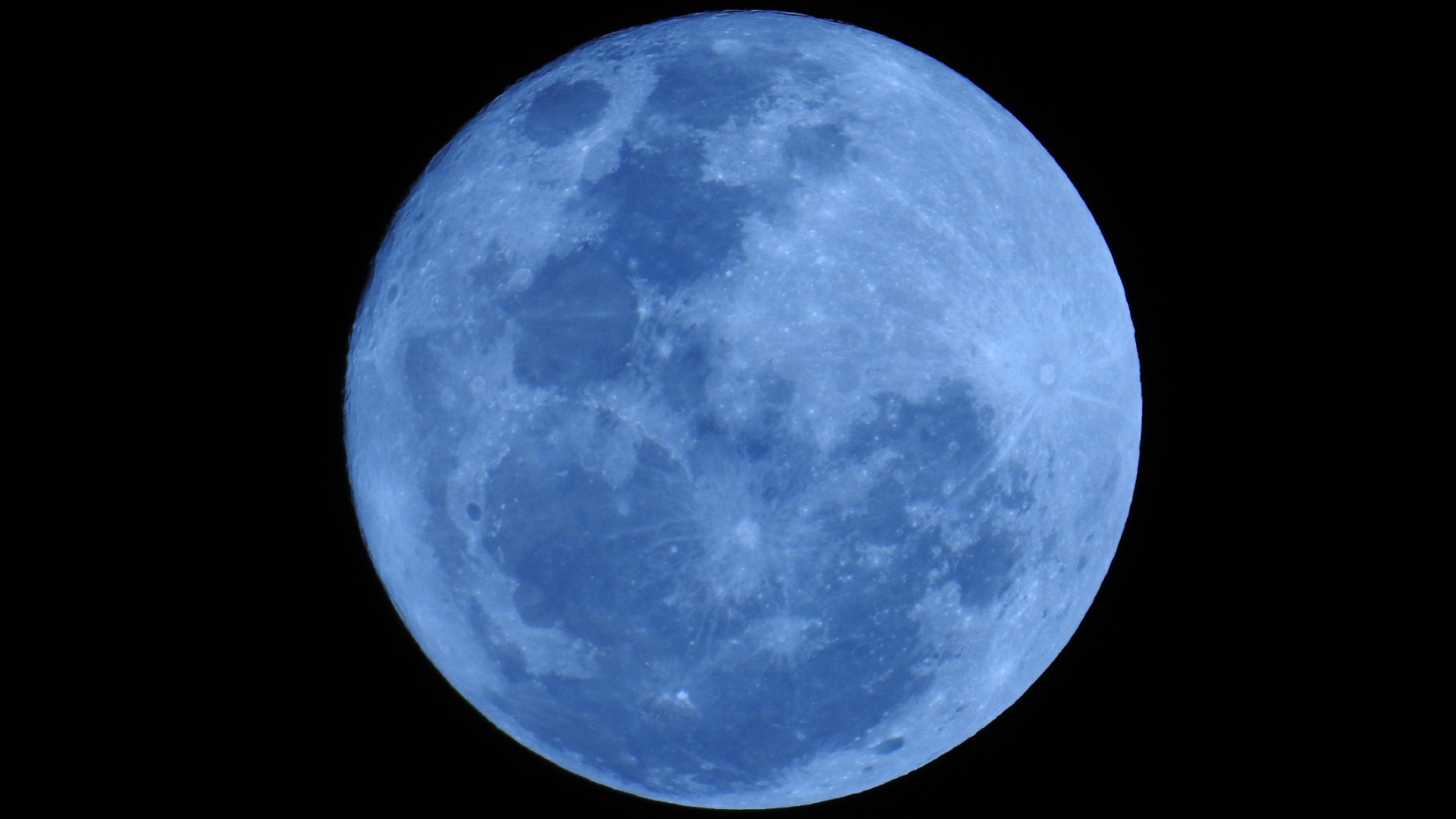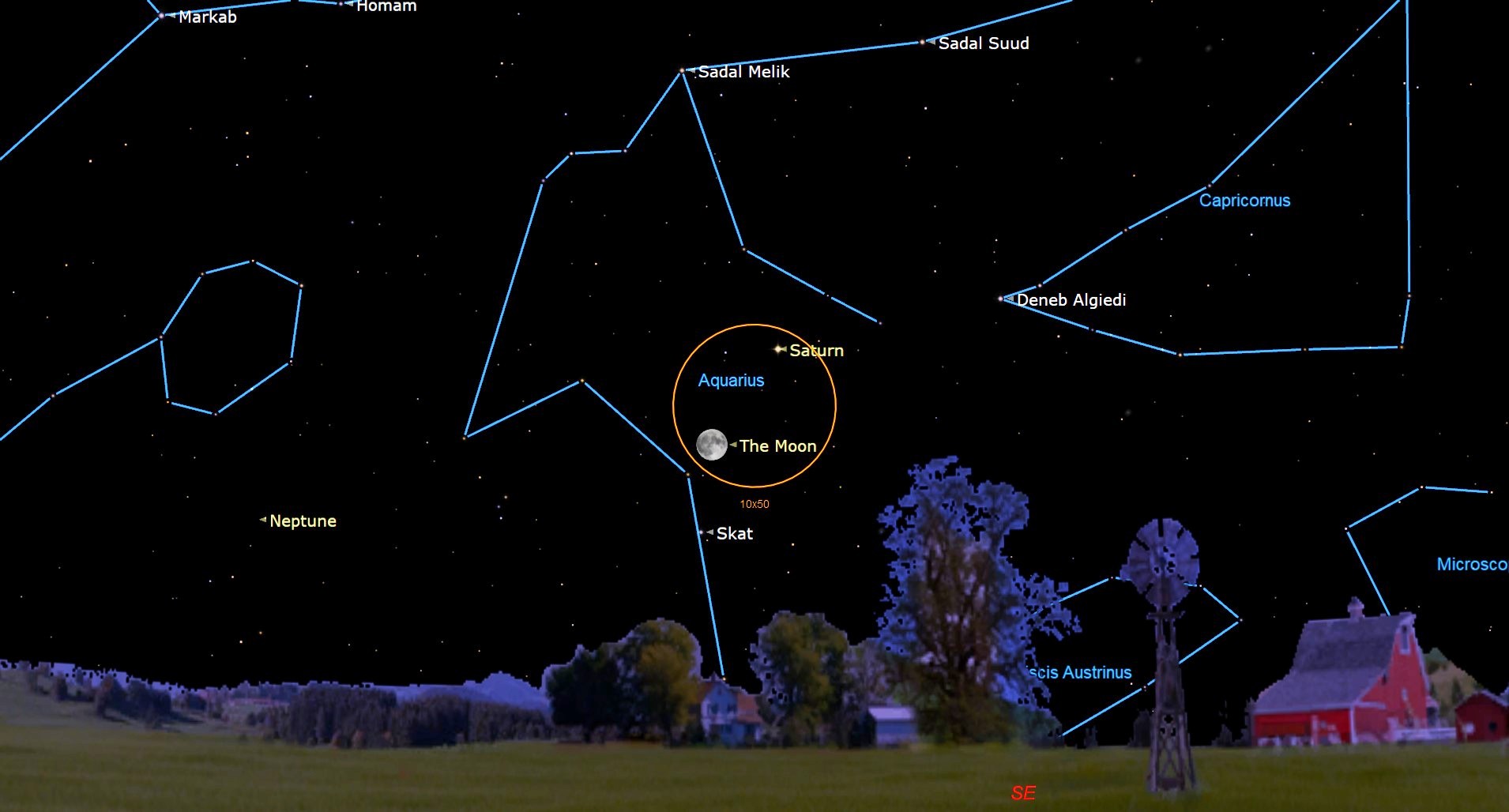
The Blue Moon of August 2023 rises in just one week, offering skywatchers an extra treat this month with another supermoon.
The Blue Moon will rise on the night of Aug. 30. Look to the east just after sunset to find it; it won't be difficult to spot given it will be the brightest and largest moon of the year. This moon is notable for a few reasons: For one, not only is it a full moon, but it's also a Blue Moon, which means it's the third full moon in a season that has four full moons, according to NASA.
The Blue Moon is the second full moon this month after the Full Sturgeon Moon, which rose on Aug. 1 and led to some gorgeous astrophotography from around the world.
Plus, this Blue Moon is also a supermoon, meaning it coincides with perigee, the point in the moon's orbit when it's closest to Earth. For observers on the ground, that means it will appear slightly larger than normal, though only about 7% bigger. With the unaided eye, this size difference probably won't be noticeable.
Related: August Super Blue Moon guide 2023: The biggest and brightest moon of the year snuggles up to Saturn
Read more: Full moon calendar 2023: When to see the next full moon


Want to see the Blue Moon up close? We recommend the Celestron Astro Fi 102 as the top pick in our best beginner's telescope guide.
The Blue Moon of August 2023 will also be joined by a special guest in the sky: Saturn.
The ringed gas giant will be just a few days past opposition, the point at which it lies directly opposite the sun as seen from Earth, making it especially bright in the night sky.
As viewed from New York City, Saturn will be in the constellation Aquarius, above and to the right of the moon. From the Southern Hemisphere, however, Saturn will appear below the moon.

Blue Moons occur relatively frequently, astronomically speaking, happening once every two to three years. The last Blue Moon rose in August 2021, and the next is expected to rise in August 2024.
If you're hoping to catch an up-close look at this forthcoming Blue Moon, our guide to the best binoculars are a great place to start. And if you want to take an even closer look at features of the lunar surface, our guide to the best telescopes can help you find the optical gear you need.
But if you're looking to snap photos of the moon or the night sky in general, check out our guides on how to photograph the moon, as well as our best cameras for astrophotography and best lenses for astrophotography.
Editor's Note: If you take an awesome photo of the Blue Moon of August 2023 and would like to share it with Space.com's readers, send your photo(s), comments, and your name and location to spacephotos@space.com.







